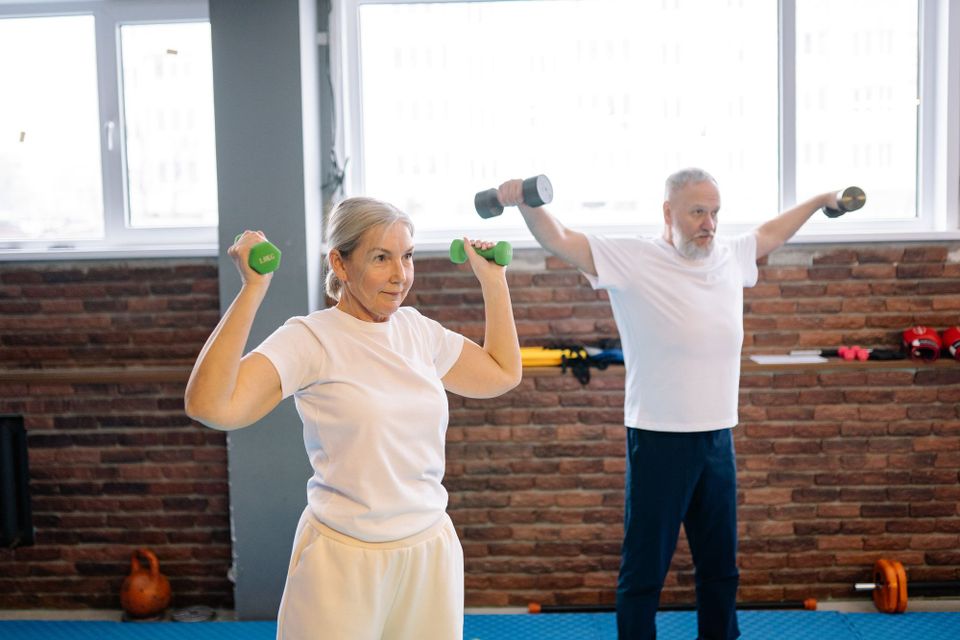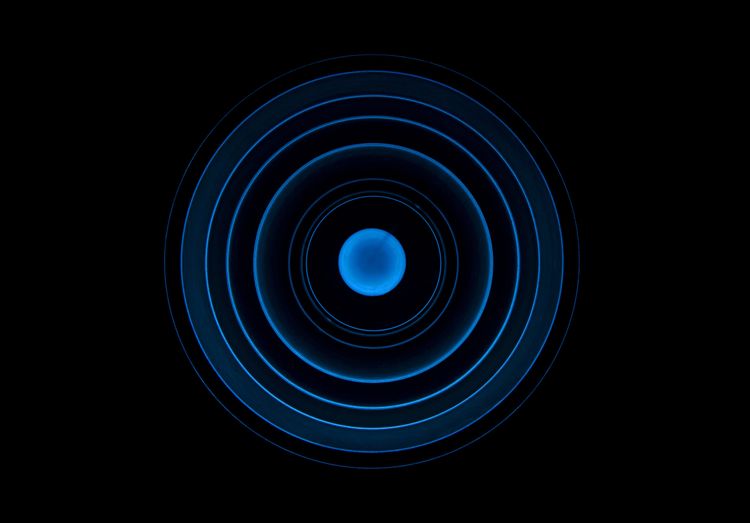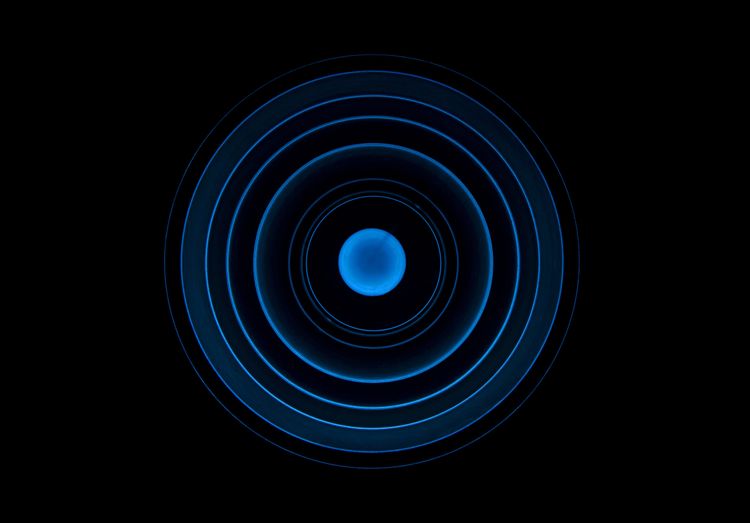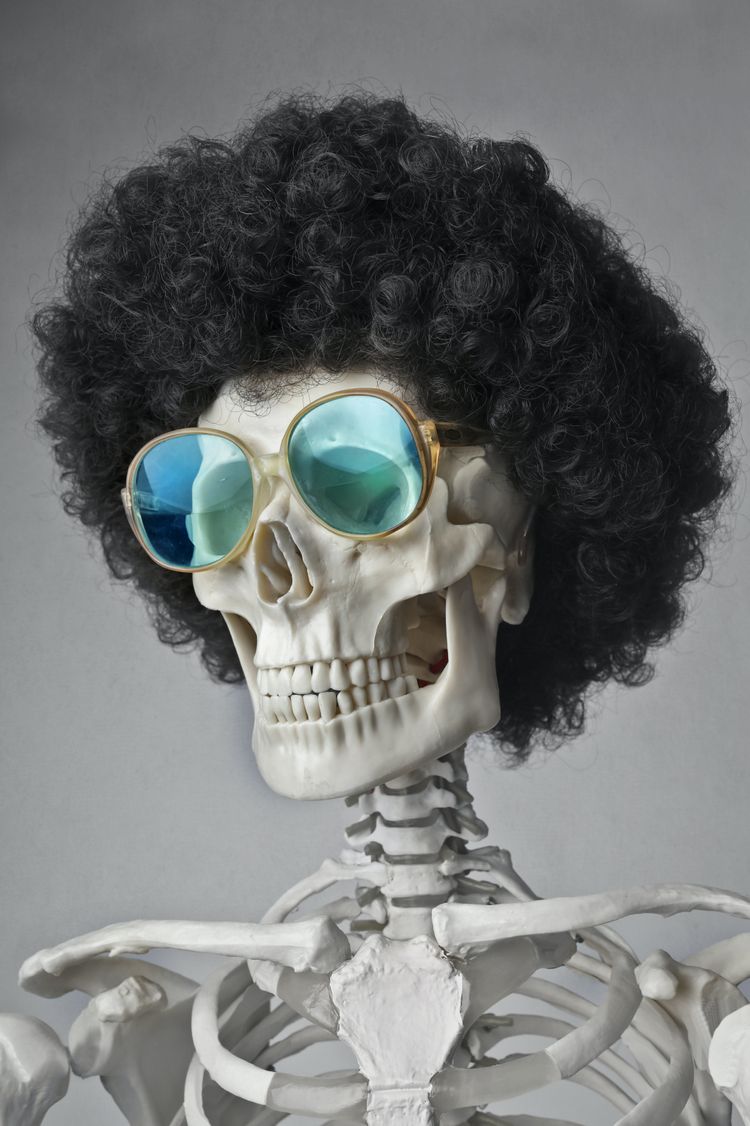🦀 PT Crab Issue 87 - Exercise for Olds, Exercise for All

Hey y’all and welcome to spring! Or fall, if you’re in the Southern Hemisphere (but I’m pretty sure you’re not). This week, I’ve been thinking about nothing. Or at least, trying to. Ezra Klein recently hosted Johann Hari on his podcast with a discussion of why it’s so hard to pay attention, what attention really means, and how we can reclaim it. It’s a wonderful meditation on attention and I highly recommend it. That piece inspired me to try to think more about nothing and I was reminded of a Robert Krulwich piece where he considers what nothing really is, from an empty patch of the universe to an erased de Kooning painting. If you’d like to open your mind to nothing, check out either piece linked above.
Oh, and there’s physical therapy content too. This week we’re talking exercise for nonagenarians and the physical differences in paraspinal muscles between those with and without chronic LBP. My supporters got two more articles this week, one on simple interventions for pelvic floor musculature in women, and a second about pain coping skills for pain reduction. Become a PT Crab supporter for access to those and our whole archive of over 300 papers here. It’s just $5 per month.
Lastly, welcome to Marcelo A., Lace L., Cody S., Cali M., Maggie F., and more this week. I'm glad to have you on board!
Let’s dive in!
90+ Can Exercise. And Should Exercise.
The Gist - This systematic review found three RCTs, one retrospective study, two case reports, and one single subject A-B design study to determine that exercise for the 90+ cohort is helpful and well tolerated. I know that selling exercise to PTs isn’t very challenging, but selling it specifically in the 90+ age group is important. The goal of this study was to begin the development of basic guidelines for exercise training in nonagenarians. There’s not yet enough data for guideline development, but there are some good principles here.
Those principles are that gait training improves gait, strength training improves strength, and balance training improves balance. Multicomponent interventions improve each of these elements more. What exercise didn’t significantly change was cognition, but one study showed increased sensation, reaction speed, range of motion, and perceived quality of life. Most importantly, “completion rates reported from the studies was generally high and only two individuals, representing around 1% of the total sample..., reported adverse events. Therefore, it can be speculated that people over 90 years can safely perform some types of physical exercise.”
Tell Me More - Out of all the studies used, only one included aerobic training and it was part of a combined intervention. That could explain why cognition wasn’t improved, since that usually goes with aerobic training, not resistance or balance training.
For details of the actual exercises used and individual studies, you can check out some of their sources, since I know the above was fairly non-specific. Here they are:
INSERT STUDIES HERE |
But what about this paper? It’s a bit boring, but it’s available here. INSERT LINK |
Paraspinals Between Sex and in LBP. What’s the difference?
The Gist - This piece from JOSPT dug into the differences in multifidi, erector spinae, psoases (psoai? Psoi?), and QLs (QsL? QsLs? Anyway) in older adults with and without chronic LBP. They did L2 to L5 CT scans on them and analyzed the results to visualize muscle cross sectional areas and the amount of intramuscular fat to learn about their general characteristics and then split them up into four categories - male or female and with LBP or without LBP.
Overall, those with chronic LBP has higher muscle to fat indices (higher = more fat in muscle) in their erector spinae and multifidi, while the indices in their QLs and Psoases weren’t remarkably different. Those with LBP also had smaller erector spinae muscles compared to those without. Compared to men, women had more fat in their multifidi, and erector spinae and smaller multifidi as well.
Tell Me More - What does this really teach us? Not a ton I suppose. We already know that LBP tends to go along with trunk muscle impairments and this study definitely backs that up. The average age in this trial was about 70, so it was definitely on older adults and it’s the first work of its kind to be done on them. Overall, it’s interesting information that may be useful with patients or just in your pocket for the importance of training these muscles. But I hope you already knew that anyway…
Paper? Sure thing boss.
Thank you for reading and bearing with me through my morning reflection above. You’re the only people in my life that listen to me, so I take advantage of it sometimes, ¯_(ツ)/¯
Have a great week,
Luke
Here’s this week’s bibliography:
- Miller, K. J., Suárez-Iglesias, D., Varela, S., Rodríguez, D., & Ayán, C. (2020). Exercise for Nonagenarians: A Systematic Review. Journal of Geriatric Physical Therapy, 43(4), 208–218. https://doi.org/10.1519/JPT.0000000000000245
- Sions, J. M., Elliott, J. M., Pohlig, R. T., & Hicks, G. E. (2017). Trunk Muscle Characteristics of the Multifidi, Erector Spinae, Psoas, and Quadratus Lumborum in Older Adults With and Without Chronic Low Back Pain. Journal of Orthopaedic & Sports Physical Therapy, 47(3), 173–179. https://doi.org/10.2519/jospt.2017.7002






Comments
Want to leave a comment and discuss this with your fellow PTs? Join PT Crab and get summarized PT research in your inbox, every week.